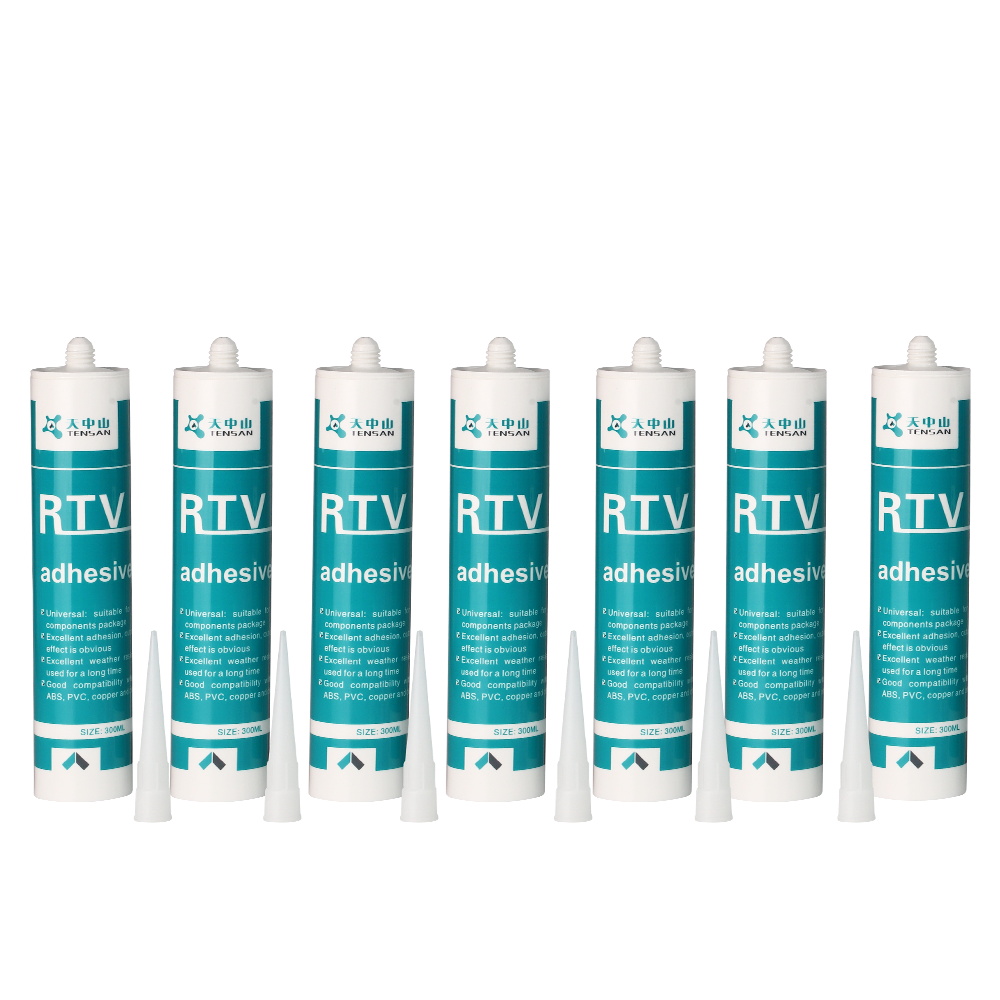What are the application areas of thermally conductive silicone?
In microelectronic components, the practical application of thermally conductive adhesives is to connect and protect electronic components, such as chip soldering, underfill sealing, encapsulation and heat dissipation. High temperature resistant epoxy adhesives are used in making thermal components processed so that they can withstand reflow soldering and improve operational stability.
A growing trend in applications is the mounting of heat sinks for LED chips. Current power LEDs are power consuming 500 milliwatts per unit, of which only 20% of the energy is converted to visible light. The larger portion of the energy must be radiated or dissipated to keep the temperature of the electronics below 120°C. When the temperature rises, the light yield and service life of the lamp will be reduced.
The advantage of thermally conductive adhesives for mounting LED chip heat sinks is that they provide mechanical and thermal performance over the entire area of the bond, so that heat dissipation is very effective. The maximum temperature is about 66°C. For every 1°C increase in operating temperature, the service life is significantly reduced.

Another application is the encapsulation of temperature sensors or electronic packaging. The thermally conductive adhesive acts as a sealing layer, effectively isolating humidity and conducting heat between the sensor and the environment.
Recently, the demand for new manufacturing concepts for pure electric and hybrid vehicle batteries, cars and fuel cells has started to grow. This demand can be partially addressed by the use of thermally conductive adhesive bonds. This includes the connection and sealing of power cells, potting of motor components and coils, heating and cooling duct installation, etc.
Likewise, thermally conductive adhesives are often used in the encapsulation of general power engineering components, including solar heat transfer devices or heat exchangers. Adhesives replace traditional soldering and brazing methods in mounting and thermally conductive connections, avoiding high thermal loads in processing and subsequent distortion or discoloration. In addition, there are no limitations in handling combinations of materials that are difficult to process such as copper and aluminum.